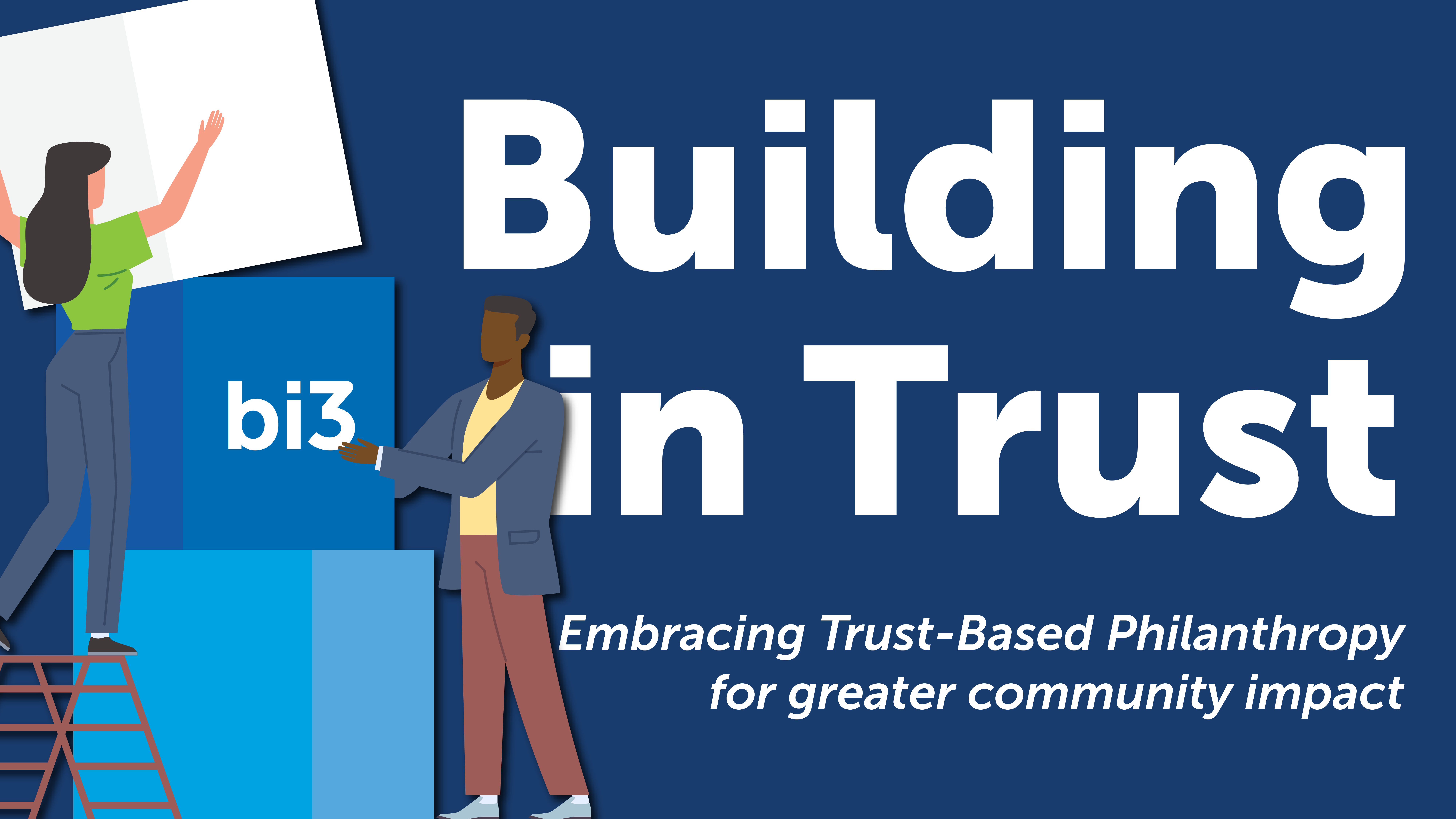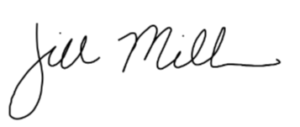
“Great things are done by a series of small things brought together.”
— Vincent van Gogh
When discussing our trust-based philanthropy approach, we often hear feedback from funders that incorporating the principles and practices into everyday work can feel daunting. Remember, though, that sustainable change often takes time. It doesn’t happen in a big leap, but rather in many small steps.
That’s why, even as an established trust-based funder, we continually discuss how our processes and procedures—like many funders—are rooted in traditional philanthropic practices.
Recently, bi3 Director of Evaluation & Learning, Zohar Perla, led the team in reviewing and updating our grant agreements and onboarding documents using Trust-Based Philanthropy Project examples. These agreements are not legally required of funders, so as part of the process, the bi3 team focused on the purpose of grant agreements, how to simplify them, and how they can build trust rather than act as a barrier to relationships. It was also an opportunity for the bi3 operations, learning and programs teams to align.
Below are some of the adjustments that bi3 made to help start grant partnerships with a more trust-based tone:

The bi3 Fund removed non-essential legal language. This does not mean bi3 does not do our due diligence. Rather, it reflects bi3’s embrace of one of the pillars of TBP—Doing the homework. We put the onus on our own team to do the research and get know our grantee partners, making strong legal terms that are irrelevant to the project unnecessary.

For one-year grants under $100,000, bi3 now relies on a grant notification letter rather than a more formal grant agreement.

One of the pillars of TBP is to simplify paperwork. The bi3 team built our grant agreement into our grant management system with electronic signature for easier access and acknowledgment.

Despite the bi3 Fund always being flexible with deliverables and timelines, we noted that the grant agreement language did not embrace that spirit. The updated bi3 onboarding document template provides space for mutually designed deliverables, aligned working relationship style, and schedule of updates to more intentionally build space for a partnership dynamic rather than the grant agreement setting the tone that those would be set unilaterally by the funder.
While seemingly Incremental changes, these shifts help us establish clear and transparent criteria of how we work together with each of our partners. This, in turn, creates a foundation of trust with our grantee partners that can lead to better outcomes.


Jill Miller
President & CEO, bi3



